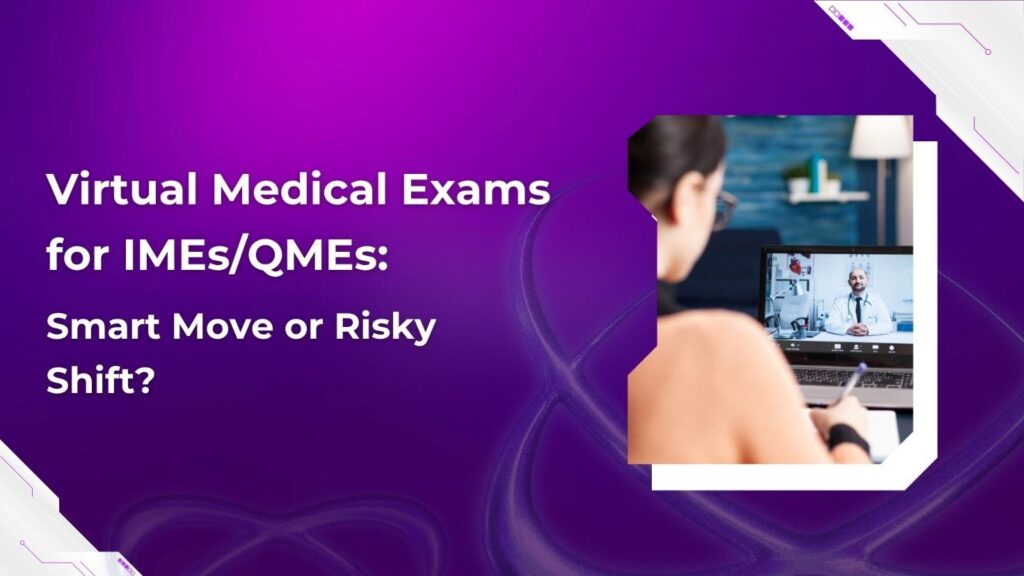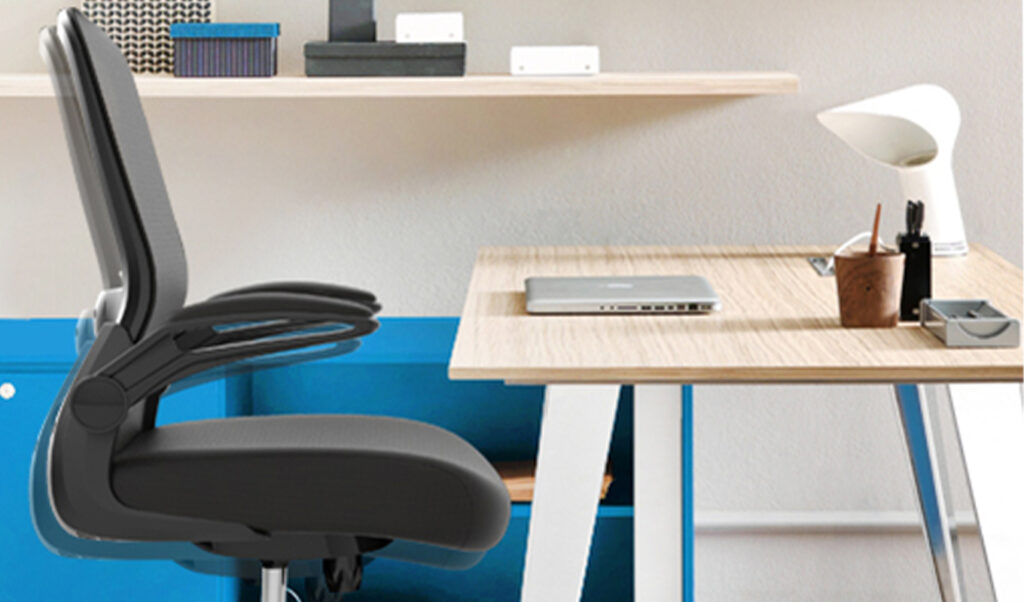The way Independent Medical Examinations (IMEs) and Qualified Medical Evaluations are conducted is changing. Virtual medical evaluations came as a temporary resolution to medical evaluations during the pandemic. However, it’s convenience made people adopt it as a permanent option. This shift from in-person assessments to a virtual one is massive transformation in medical evaluation processes. Will this shift a smart move for your practice or could it be risky?
Let’s have an analysis.
Why Virtual Evaluations Gained Popularity
Virtual IMEs and QMEs allow medical professionals to evaluate patients using video calls instead of in-person visits. This comes with many benefits:
- Convenience: Evaluators and patients need not travel distances. This saves time and reduces missed appointments.
- Speed: Virtual evaluations speed up the scheduling and turnaround time for report preparation, which is important in legal and insurance cases.
- Access to expertise: Patients ain remote areas or with limited mobility can still be evaluated by expert IMEs or QMEs.
- Cost-effective: Reduces overhead costs for examiners and travel costs for patients.
These benefits make virtual evaluation a feasible option, especially for follow-ups, mental health evaluations, or record reviews where a physical exam may not be needed.
Limitations of Virtual Evaluations
Virtual exams have a lot of benefits. That doesn’t mean that they are flawless. They do not fit every situation.
- Limited physical assessment: Some evaluations need physical evaluation like testing the joint movement, flexion and extension, muscle strength, and pain levels. These can’t be done over a virtual exam.
- Technical glitches: Poor internet connection, camera quality, or unfamiliarity with handling digital tools can affect the quality of the exam.
- Legal concerns: Some insurance companies, attorneys, or courts may not fully accept virtual evaluations as reliable evidence in certain cases. Regulations also vary from state to state.
- Trust and communication: It’s sometimes difficult to build rapport with a patient virtually. Subtle cues might be missed when not face-to-face.
How to strike a balance between virtual and in-person?
Is going virtual a smart move or a risky shift? The answer is: It depends on the case.
You may hesitate to choose one over the other. Many evaluators (both IMES and QMEs) now follow a hybrid model, opting for virtual or in-person exams depending on the needs of a specific case. This flexible approach allows you to serve more clients, reduce delays, and still maintain high-quality standards. If you are comfortable with technology, give it a try.
How to Kickstart Virtual IMEs or QMEs
Do you think moving ahead with virtual evaluations? Before you start, ensure the following:
- Use a secure, HIPAA-compliant video platform
- Create a clear process for sharing medical records safely
- Ensure you have a calm space for professional virtual calls
- Educate clients on how to prepare for their virtual exam
- Stay updated on legal guidelines in your state
To strike the final note
Virtual medical evaluations may not suit all types of cases. However, when used correctly, they can make your IME/QME practice more efficient and accessible to more clients. Start with one step at a time, see what works, and proceed to build well. Being open to industry evolutions and awareness in regulations can push your practice to the forefront in the respective sector.
Are you ready to take your IME/QME practice virtual, or still weighing the pros and cons? Either way, now is the time to explore the possibilities.






